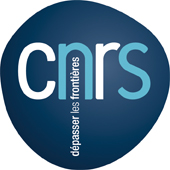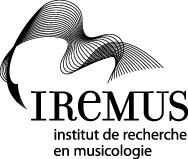WRITINGS
OSAKA Naotoshi / 小坂直敏
Timbre Symbol-based Music Notation
Edition: Proceedings of the Electroacoustic Music Studies Network Conference, Paris, 2008, on line: http://www.ems-network.org/ems08/abstract.html.
Date: 2008
Region: JAPAN
Origin: FRANCE
Type of media: Abstract
Language: English
Editor: M.B.
Comment:
Abstract:
Music systems and theory, as well as linguistic systems, consist of discrete structures that can be represented as symbols, such as interval, scale, chord and tonality – all of which are based on a discrete pitch system. Common music notation is well-established in terms of these discrete symbols, and indispensable for the expression, recording, transmission and preservation of music. Ever the establishment of Music Concrete, timbre has been a more important factor in academic computer music and sound art. On the other hand, there is no descriptive system for timbres, and so timbre-based music lacks those advantages which music based on common music notation has. In this study, we try to define symbols for any timbres of interest for a new timbre-based music notation. We have set up three layers of symbols: microtimbre, onomatopoeia, and macrotimbre. Onomatopoeia is the most popular one, and it is language-dependent. Microtimbres roughly correspond to the phonemes used in languages, though they are shorter in duration than most phonemes. As a result, it describes a smaller and richer perceptive unit. A macrotimbre symbol covers a larger class of sound, such as all water drop sounds. They are provided as a convenience for users who are not concerned with specifying timbre to the precision of the smaller units. In order to define and use these symbols efficiently, we are constructing an electronic timbre dictionary. This is a server-client system which will be available to any users via the internet. The system has two functions: registration mode and search/synthesis mode. In registration mode, a user can define timbre symbols for a sound file. In search/synthesis mode, he can either search for a sound or synthesize a sound from timbre symbol input. Considering the great success of Wikipedia, this system is expected to become a useful tool for timbre notation. The authors are optimistic on the convergence of timbre symbol definitions. Presently we are working on symbols for water-related sounds such as water drops and water stirring.





